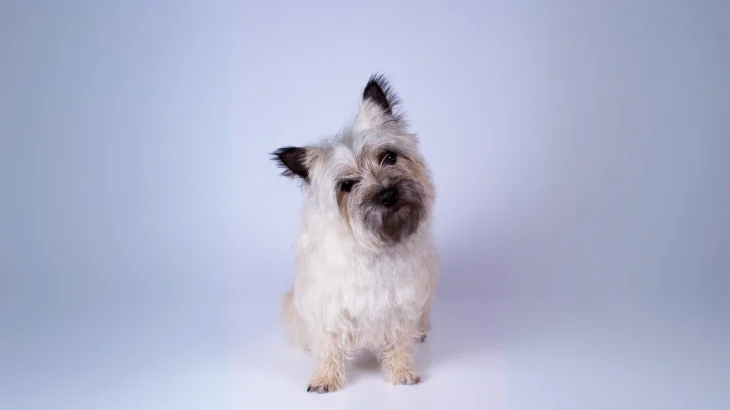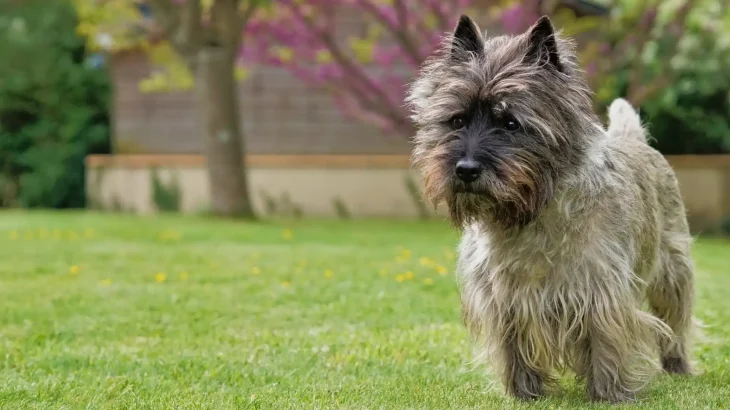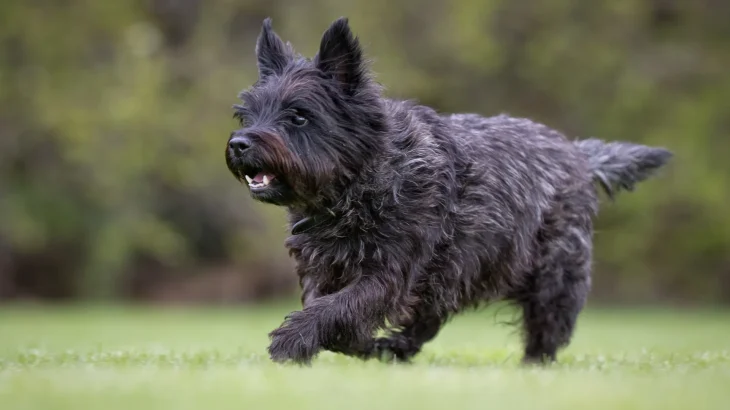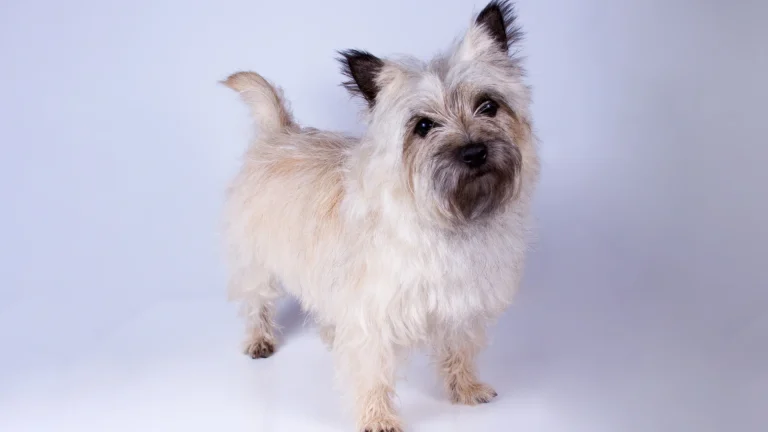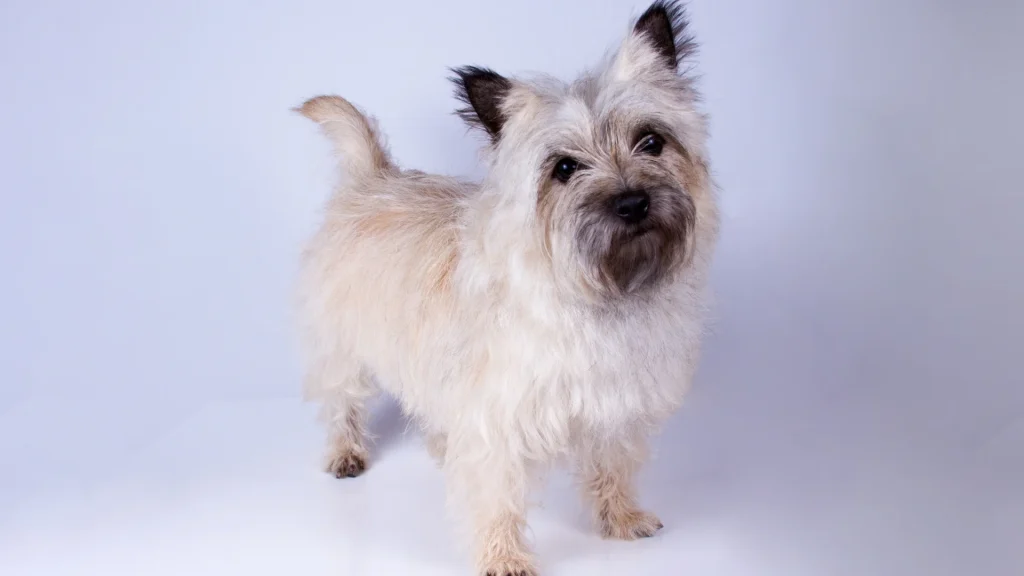Deciding between adopting or purchasing a Cairn Terrier puppy depends largely on what you're looking for in your new companion. Adoption can offer the joy of rescuing a dog in need, while buying a puppy from a breeder often provides clearer insights into lineage and health. Both choices come with unique benefits that cater to different preferences and priorities.
Adoption vs. Breeder: Pros & Cons
| Criteria | Buying from Breeder | Adopting from Shelter/Rescue |
|---|---|---|
| Cost | Higher initial cost, typically $1,000 to $2,500, depending on pedigree and availability. | Lower adoption fees, often less expensive and may include vaccinations and spay/neuter. |
| Health History | Detailed health records and family medical history often provided. | Health history may be incomplete, but shelters do basic health checks. |
| Age Availability | Primarily puppies, letting you raise them from a young age. | Varied ages available, including adults and seniors. |
| Temperament Insight | Breeders can share info on parents' temperament and behavior. | Shelter staff offer observations on personality, though full background may be unclear. |
| Supporting Practices | Supports responsible breeding focused on maintaining breed standards. | Helps animal welfare by providing homes to dogs in need and reducing shelter populations. |
| Breed Purity & Pedigree | Guaranteed purebred with documentation and often registered pedigrees. | May not be purebred; mixed breeds common, and pedigree docs usually unavailable. |


